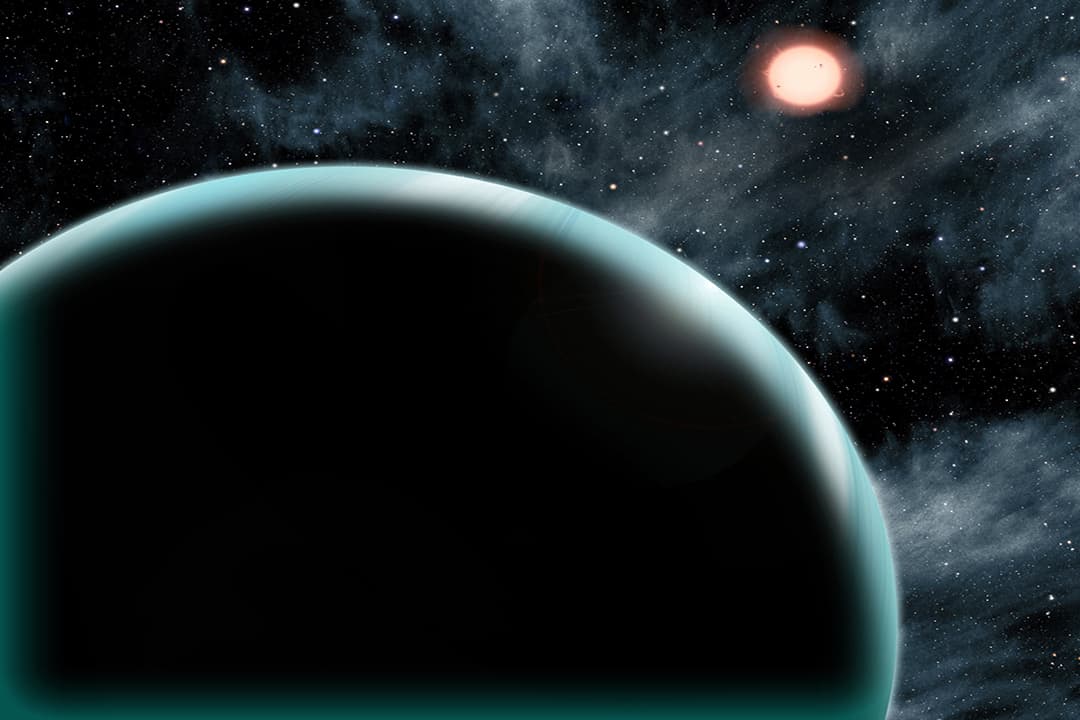You probably don’t go about your day thinking about how our solar system works and the probability of its collapse.
In fact, if you are anything like me, when you do think about our galay you likely recall pretty images of space, or astronauts from movies. However, what many people might not realize is that our solar system is borderline unstable — there is a small theoretical chance that Mercury will collide with either the Sun or Venus.
Because dynamics, which is the study of how forces influence motion, is so chaotic, astrophysicists will never be able to predict when this will happen, or even if it will happen at all.
The good news is that it could be possible to estimate the probability of distribution against all other possible outcomes in our system. This is exactly what the research paper by Naireen Hussain, a fourth-year engineering science undergraduate student majoring in robotics at the University of Toronto, and Dr. Daniel Tamayo, a Lyman Spitzer Sr. fellow and Sagan fellow at Princeton University’s Department of Astrophysical Sciences focuses on.
The paper is available on arXiv, and is pending peer review. It revolves around the relation between chaos, or unpredictable behaviour, and multi-planetary systems.
The process of discovery
Hussain and Tamayo worked together during Hussain’s second and third years of undergraduate studies, while Tamayo was at U of T’s Department of Astronomy & Astrophysics. After Tamayo left U of T, the pair worked on the project through Skype and email, and completed it over last summer.
The topic was not an easy one to research. In addition to being centred around an ambitious idea of predicting how long orbital configurations will survive, what they wanted to explore was “whether that question is even well defined in the first place,” according to Tamayo.
One of the hardest parts of the research process was actually figuring out the initial planet configuration. Another big obstacle, Hussain said to The Varsity, was finding a “substantial data set that doesn’t take too long to generate and still is able to give you valid results,” so they had to play around with various orbital configurations.
A surprise, even for the researchers
At the end of the research process, Hussain admitted, the pair was pleasantly surprised with the results. “What we went into was to see if [it] was even possible to do this, so we were quite satisfied when we realized that [it has actually] come to a consistent distribution,” she said.
She believes that this research will make an impact on other physicists studying the topic because they can now “use [their] stability analysis to strain the orbital parameters.”
Though the probability of Mercury colliding with either the Sun or Venus is less than one per cent, it is still a possibility. But since we cannot predict when the collision might happen, even with our modern-day technology and all the information available to us, the only thing we can do is look at all the possible outcomes and estimate their distribution probabilities.
The study by Hussain and Tamayo plays a significant role in this achievement by advancing research on the relationship between chaos and planetary systems.


